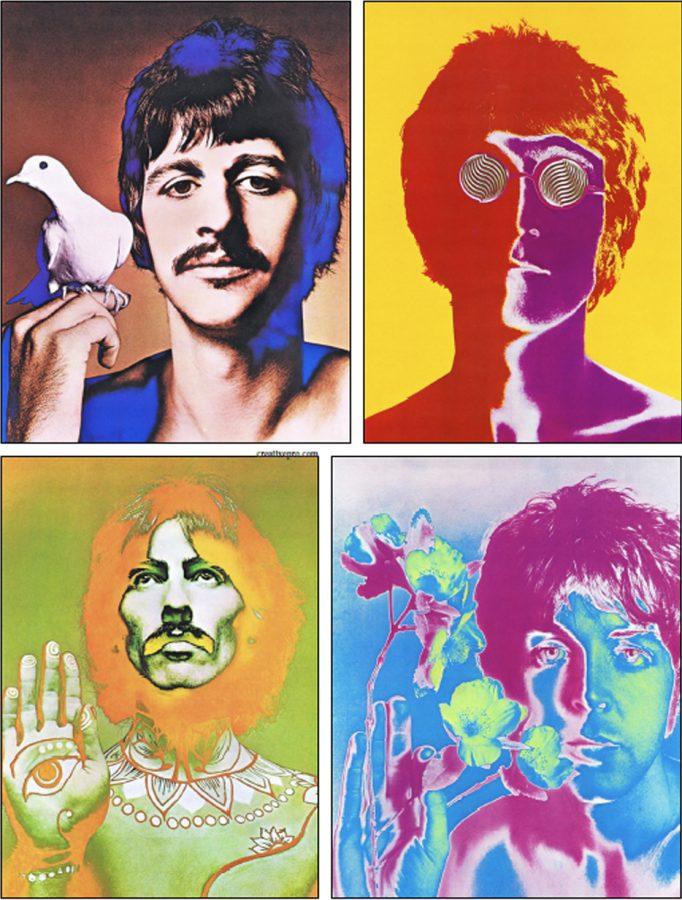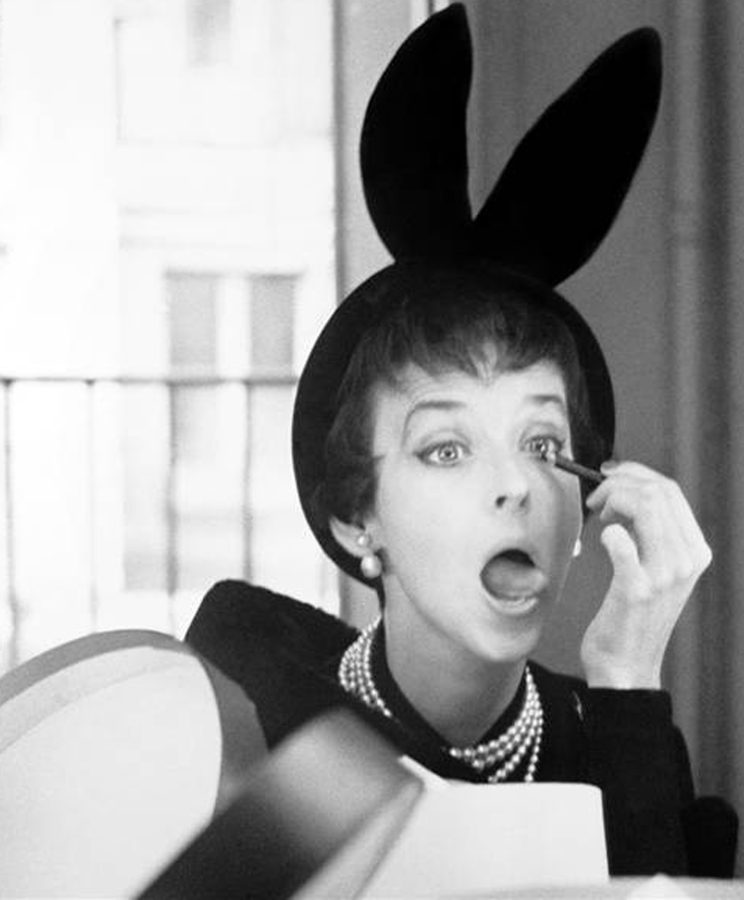Before there was Annie Lebowitz, there was Richard Avedon. Avedon (1923-2004), former photographer for fashion empires like Vogue, Life and Harper’s Bazaar, is now being lauded at the Museum of Fine Arts in a retrospective exhibit of his decades long career. And it’s free with general admission to the museum.
The show is a must-see for anyone interested in fashion or publishing. The curators do an amazing job of displaying the photographer’s work in multiple forms. The exhibit provides a retrospective of the magazine industry as much as of the artist’s work.
One can compare the contact sheet from a photo shoot for Harper’s Bazaar, the iconic style magazine for which Avedon worked as chief photographer, to the final image chosen and bound in the original magazine. Protected under glass are archived proofs of selected photos, marked for printing with orange pencil. It is a rare opportunity to see the rigorous work that goes into the historically posh looking magazine.
The highlight of the show was placed in a dimly lit corner of the gallery, in a section appropriately dubbed “Paris at Night.” One of the most fascinating aspects of Richard Avedon’s career is how it started in 1944. The American photographer, a former Merchant Marine, was charged by his new employer to depict Paris in her former glory, no small task since the city had been recently devastated by Nazi occupation.
Yet standing in the low-lit room, one could never have guessed the tragedy the city experienced during the Second World War. Sleek models are not simply women in fine clothes; they are the upper echelons of society. The photographs show ladies betting at the high rollers’ table in a crowded casino, or a couple standing in the doorway of a black Rolls Royce. Each photo has its own narrative. The images are as much about selling a location and an attitude as they are about selling a new style.
During his early years at Harper’s, when others would have been merely learning the ropes, and at a time when most fashion photography depicted static, emotionless models, Avedon created images full of action, on a size and scale similar to a Hollywood epic.
But styles and tastes change. To my dismay, much of his mid career and later work took place in a studio with a white backdrop, with few exceptions. The last four decades of Avedon’s work have been lumped together. Maybe because they lack the intrigue of his earliest work, maybe because space was limited in the museum’s Foster Gallery. Whatever the reason, it makes the show seem lopsided.
By the 1960’s, the lush drama of Avedon’s early work in Paris was almost completely dried out. There were no great scenes to admire, only clothing. I think he lost much of his early dramatic edge.
After the third or fourth photo, I sensed that woozy after-magazine feeling coming on. It’s a tingling sensation, a familiar mindset that takes over, telling me to lose-ten-pounds-then-hurry-up-and-straighten-up-your-hair. Shame on me for thinking that the white walls and unembellished frames of the show would change my perception of the pictures. Room after room of slender women in enlarged print had the exact same glossy effect as page after page of Vogue. While it could be argued that the artist and his models were crafting modern lines and shapes, it’s a hard case to support after spending a few seconds staring at Lauren Hutton and her perfect breasts luxuriating on a beach in the Bahamas just a few paces away.
Richard Avedon had a brilliant mind. His influence can still be found in the industry that he spent his life working for. Even if every image isn’t enthralling, undeniably much can be learned from Richard Avedon about photographic composition and artistic longevity.
Admission to the Museum of Fine Arts is free with your Umass Student ID. The exhibit Avedon Fashion 1944-2000 will run until January 17, 2011.






















































